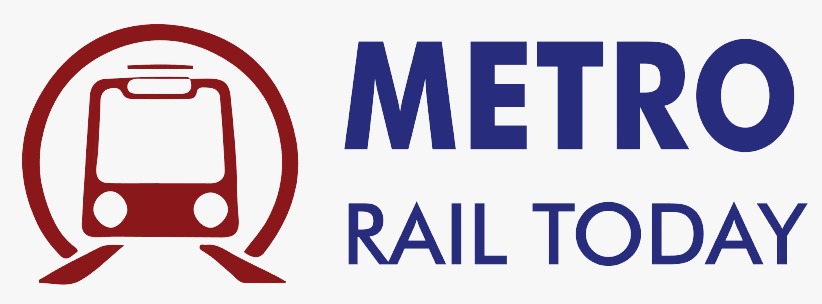 Bids invited for major underground package of Delhi Metro Phase 4’s Inderlok–Indraprastha corridor
Bids invited for major underground package of Delhi Metro Phase 4’s Inderlok–Indraprastha corridor New DPR warns Bengaluru’s Phase-3 Double-Decker Metro Corridor may not ease traffic woes
New DPR warns Bengaluru’s Phase-3 Double-Decker Metro Corridor may not ease traffic woes Delhi Metro launches 10-Year Corporate Plan exercise to shape Mobility Vision for 2037
Delhi Metro launches 10-Year Corporate Plan exercise to shape Mobility Vision for 2037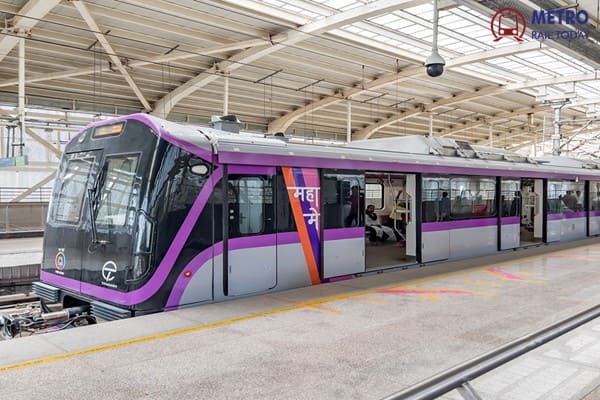 Govt of India approves ₹9,857.85 crore Pune Metro Phase 2 Extension Project
Govt of India approves ₹9,857.85 crore Pune Metro Phase 2 Extension Project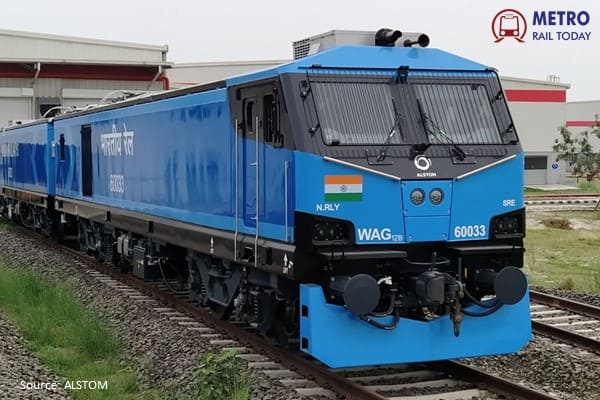 Alstom marks 10 years of MELPL JV with Indian Railways in delivering most powerful E-Locomotives
Alstom marks 10 years of MELPL JV with Indian Railways in delivering most powerful E-Locomotives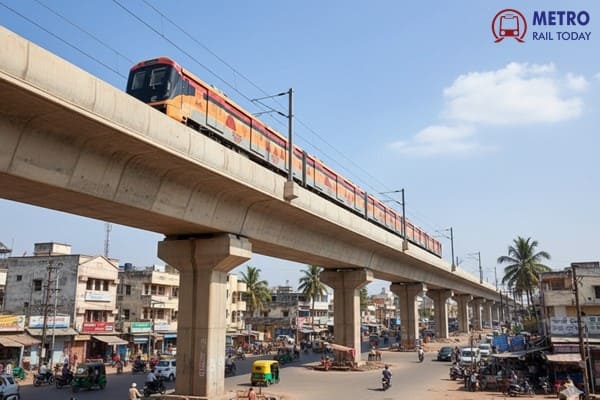 Patna Metro to extend operations on 6.5 km ISBT - Malahi Pakadi stretch by January 2026
Patna Metro to extend operations on 6.5 km ISBT - Malahi Pakadi stretch by January 2026 Vietnam opens US$40-Billion Investment Opportunity for Ho Chi Minh City Metro Expansion Project
Vietnam opens US$40-Billion Investment Opportunity for Ho Chi Minh City Metro Expansion Project Israel invites Indian Firms to Bid for $50-Billion Tel Aviv Metro Rail Project
Israel invites Indian Firms to Bid for $50-Billion Tel Aviv Metro Rail Project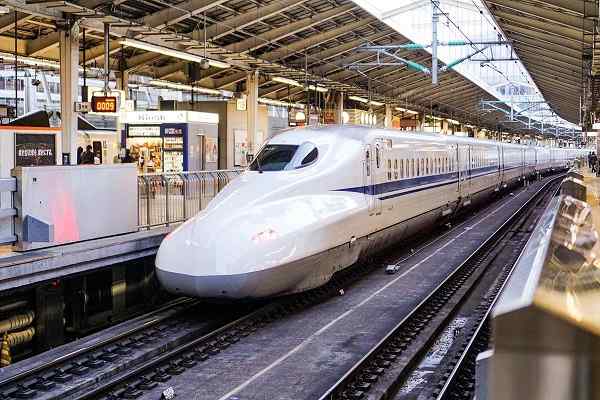 Gujarat creates new authority to develop around Mumbai–Ahmedabad Bullet Train Stations
Gujarat creates new authority to develop around Mumbai–Ahmedabad Bullet Train Stations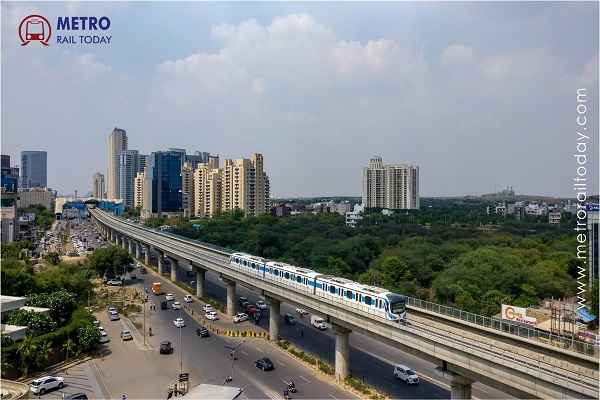 DB Engineering & Consulting Signs General Consultant Contract for Gurugram Metro Expansion
DB Engineering & Consulting Signs General Consultant Contract for Gurugram Metro Expansion
New DPR warns Bengaluru’s Phase-3 Double-Decker Metro Corridor may not ease traffic woes

Bengaluru, India (Metro Rail Today): Bengaluru’s much-anticipated Phase-3 double-decker corridor—designed to combine an elevated flyover with a Metro line—may not bring the traffic relief the city has been hoping for. A new Feasibility-cum-Detailed Project Report (DPR) has raised concerns that the multi-level structure, billed as a major congestion-busting intervention, will offer only marginal improvements on the ground.
The ambitious project, planned along critical stretches including Kadabagere–Hosahalli and JP Nagar–Hebbal, was initially envisioned as a transformative mobility upgrade. However, the DPR shows that even with a brand-new elevated roadway running above the existing corridor, congestion at the ground level would remain strikingly similar to current conditions. Vehicles would continue moving through the same bottlenecks that slow commuters today, effectively limiting the impact of the proposed infrastructure.
Commuter Insights Signal Limited Benefits
As part of the study, nearly 1,000 commuters were surveyed to assess daily travel challenges across the city. An overwhelming 78 percent reported severe congestion during the morning peak between 6 am and 9 am, while 48 percent said evening hours were equally clogged. Strikingly, 91 percent of respondents indicated they were unwilling to pay tolls—even if the elevated road promised a smoother ride—raising further questions about the project’s long-term sustainability.
Traffic projections included in the DPR reinforced the concerns. On the Kadabagere–Hosahalli route, ground-level traffic is expected to drop only marginally, from 1,837 to 1,369 PCUs by 2031 and from 2,095 to 1,640 PCUs by 2041. The JP Nagar–Hebbal corridor shows similar patterns, with reductions too small to meaningfully ease congestion. Experts say these numbers suggest that building elevated roads may not pull enough vehicles off the existing carriageways to justify the scale and cost of the project.
Experts Question Viability, Call for Public Transport Focus
Independent mobility expert Satya Arikutharam noted that there is “no transport case” for constructing the double-decker corridor along the entire Phase-3 alignment. He argued that a tolled elevated road would fail to attract sufficient traffic, while removing the toll would directly impact the financial viability of the Metro line constructed above it. He added that such multi-level systems work only in short, high-density stretches, such as the existing double-decker facility at Goraguntepalya Junction.
Traffic expert Prof. Sreehari M N echoed these concerns, observing that flyovers worldwide have consistently failed to offer long-term congestion relief. Bengaluru’s volatile traffic patterns between peak and non-peak hours, he said, make the case for stronger public transport investments rather than additional elevated corridors.
Commenting on the findings, Mrs. Mamta Shah, MD & CEO of Urban Infra Group, said the DPR underlines a crucial lesson for India’s fast-growing cities. “Long-term mobility planning must prioritise mass transit solutions over car-centric infrastructure. Bengaluru has an opportunity to rethink its strategy and channel investments into efficient, high-capacity public transport systems that address congestion at its root.”
With the DPR now bringing the feasibility of the double-decker structure into question, Bengaluru’s planners may need to reassess the Phase-3 approach. The findings reinforce what mobility experts and citizen groups have long argued: lasting traffic solutions will come not from more elevated roads, but from strengthening public transport networks that can carry lakhs of commuters reliably and sustainably.
